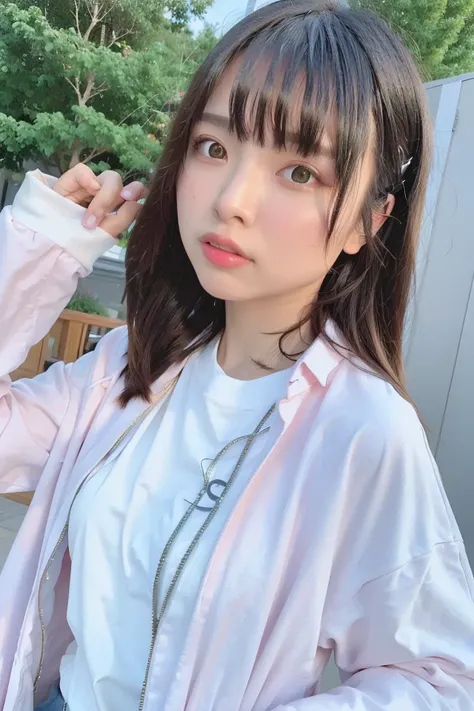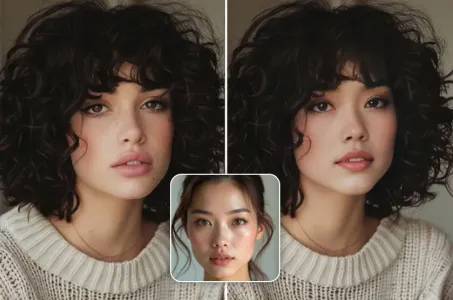Nsfw:2.0, (masterpiece, best quality, high resolution, realistic


Du könntest an meiner Privatsphäre interessiert sein.
nsfw:2.0, (masterpiece, best quality, high resolution, realistic, hyper detailed, super fine illustration), one Japanese woman, 35yo,plump:1.2, (very small hands:1.5, very thin fingers:1.5, (perfect anatomy, perfect hands, perfect legs, perfect fingers, perfect hands), (facing straight at viewer:1.5, front view:1.8, face shot:1.5), Meiji period:1.8, (The background is Inside a farmhouse called Shirakawa-go:1.5), In the dark room, the only proof candle:1.8, (photo of one Japanese woman showing the breasts Inside a farmhouse called Shirakawa-go:1.8), (Wearing traditional Shirakawa-go farmer's clothes:1.5, no bra:1.8, Sloppily wide chest opening:1.8, Sloppily showing breasts:1.5, no panties:1.8), untied obi:1.5, (lying on back:2.0, spreading legs wide :1.2, spreading arms wide :1.5, Showing armpits:1.8), (large breasts:1.5, cleavage between breasts:1.8), (detailed skin:1.5, detailed face:1.5, detailed eyes:1.5, shining eyes, glossy lips, shiny hair), (looking at viewer:1.8, fucked silly:0.1, ecstasy:1.0), (female ejaculation,squarting,splassing:1.5), (orgasm:2.0), wavy hair, very thick pubic hair:1.5, (detailed backgrounds:1.5), Peasant clothing consisted of simple, practical garments suitable for farm work and rural life. The basic garment for both men and women was a long-sleeved, ankle-length kimono with kosode sleeves. Kosode were made of coarse fabrics such as cotton or linen, and dyed in dark colors such as indigo to resist stains and stains. The kosode was worn with a narrow sash called an obi wrapped around the waist. Farmers also wore various types of overcoats depending on the season and occasion. In winter, over the kosode, they wore a cotton-filled jacket called a hanten and a sleeveless vest called a chanchanko. These garments were stuffed with cotton or silk stuffing to provide warmth and insulation. They were often decorated with family crests or geometric patterns. In summer, a thin cotton coat called a happi or short-
Prompts
Prompts kopieren
nsfw:2.0, (masterpiece, best quality, high resolution, realistic, hyper detailed, super fine illustration), one Japanese woman, 35yo,plump:1.2,
(very small hands:1.5, very thin fingers:1.5,
(perfect anatomy, perfect hands, perfect legs, perfect fingers, perfect hands),
(facing straight at viewer:1.5, front view:1.8, face shot:1.5),
Meiji period:1.8,
(The background is Inside a farmhouse called Shirakawa-go:1.5),
In the dark room, the only proof candle:1.8,
(photo of one Japanese woman showing the breasts Inside a farmhouse called Shirakawa-go:1.8),
(Wearing traditional Shirakawa-go farmer's clothes:1.5, no bra:1.8, Sloppily wide chest opening:1.8, Sloppily showing breasts:1.5, no panties:1.8),
untied obi:1.5,
(lying on back:2.0, spreading legs wide :1.2, spreading arms wide :1.5, Showing armpits:1.8),
(large breasts:1.5, cleavage between breasts:1.8),
(detailed skin:1.5, detailed face:1.5, detailed eyes:1.5, shining eyes, glossy lips, shiny hair),
(looking at viewer:1.8, fucked silly:0.1, ecstasy:1.0),
(female ejaculation,squarting,splassing:1.5), (orgasm:2.0),
wavy hair, very thick pubic hair:1.5,
(detailed backgrounds:1.5),
Peasant clothing consisted of simple, practical garments suitable for farm work and rural life.
The basic garment for both men and women was a long-sleeved, ankle-length kimono with kosode sleeves. Kosode were made of coarse fabrics such as cotton or linen, and dyed in dark colors such as indigo to resist stains and stains. The kosode was worn with a narrow sash called an obi wrapped around the waist.
Farmers also wore various types of overcoats depending on the season and occasion. In winter, over the kosode, they wore a cotton-filled jacket called a hanten and a sleeveless vest called a chanchanko. These garments were stuffed with cotton or silk stuffing to provide warmth and insulation. They were often decorated with family crests or geometric patterns. In summer, a thin cotton coat called a happi or short-
0 Kommentar(e)
0
0
0









